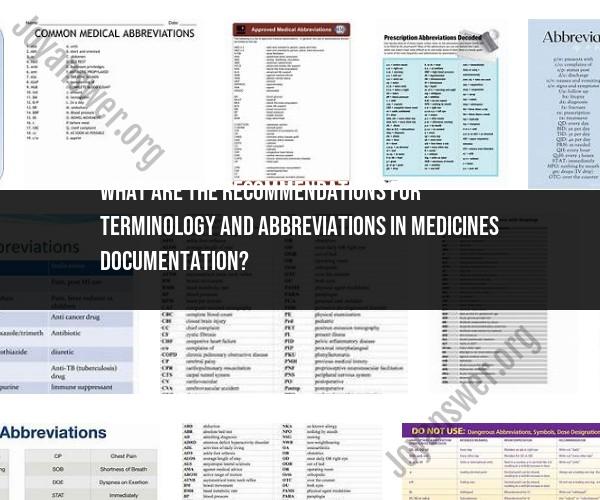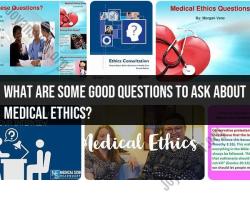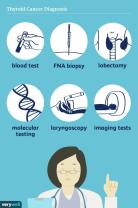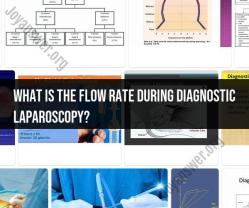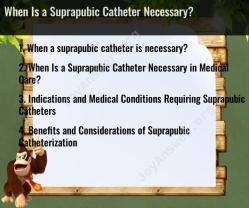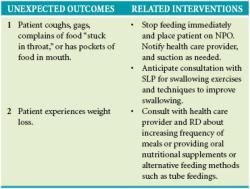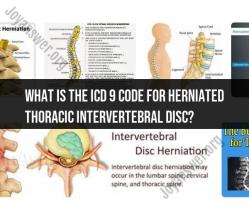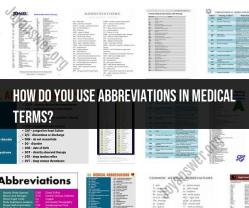What are the recommendations for terminology and abbreviations in medicines documentation?
When documenting medications in healthcare, ensuring clarity and accuracy is crucial for patient safety. Here are some recommendations for terminology and abbreviations in medicines documentation:
1. Use Full Medication Names:
- Write out the full name of medications whenever possible, especially in patient-facing documents and prescriptions.
- Avoid using abbreviations in prescriptions to reduce the risk of misinterpretation.
2. Standardize Medication Names:
- Use standardized medication names and avoid using brand names to prevent confusion caused by multiple brand names for the same drug.
- Follow internationally accepted drug nomenclature standards.
3. Avoid Dangerous Abbreviations:
- Be aware of the "do not use" list of dangerous abbreviations, symbols, and dose designations. These include abbreviations that can lead to medication errors.
- Common examples include "U" for units, "IU" for international units, and "QD" for daily.
4. Use TALL MAN Letters:
- When writing medications with similar names, use TALL MAN (mixed-case) letters to highlight the differences.
- For example, write "hydroxyzine" and "hydralazine" to emphasize the distinctions.
5. Document Dosages Clearly:
- Clearly document the dosage of medications, including units of measurement (e.g., mg, mL).
- Avoid ambiguous abbreviations like "m" for milligrams, which can be confused with "µ" for micrograms.
6. Indicate Routes of Administration:
- Specify the route of administration (e.g., oral, IV, IM) to ensure the correct method of delivery.
- Avoid vague terms like "po" (by mouth) or "IVP" (intravenous push) without specifying the route.
7. Avoid Latin Abbreviations:
- Avoid Latin abbreviations like "q.d." (once daily), "q.i.d." (four times a day), and "b.i.d." (twice a day) in favor of more straightforward terms.
8. Consistency in Documentation:
- Maintain consistency in how medications are documented throughout the healthcare facility, including in electronic health records (EHRs) and handwritten notes.
9. Use Leading Zeros:
- When documenting dosages, use leading zeros (e.g., 0.5 mg) to prevent misinterpretation. Avoid trailing zeros (e.g., 5.0 mg).
10. Document Allergies and Reactions:- Clearly document any known allergies or adverse reactions to medications.- Use standardized terminology for allergies and adverse drug reactions.
11. Communicate Clearly:- When conveying medication instructions to patients, use plain language and ensure they understand how to take their medications correctly.
12. Double-Check Orders:- Before administering medications, double-check the medication order for accuracy and clarity.- Verify with the prescriber if there are any uncertainties or discrepancies.
13. Training and Education:- Provide training to healthcare professionals on proper medication documentation practices, including the use of standardized terminology and abbreviations.
14. Regularly Update Policies:- Healthcare facilities should regularly update and review their policies and guidelines regarding medication documentation to reflect best practices and ensure patient safety.
Clear and standardized medication documentation is essential for preventing medication errors and ensuring patient well-being. Healthcare professionals should adhere to these recommendations and prioritize effective communication when documenting medications.
